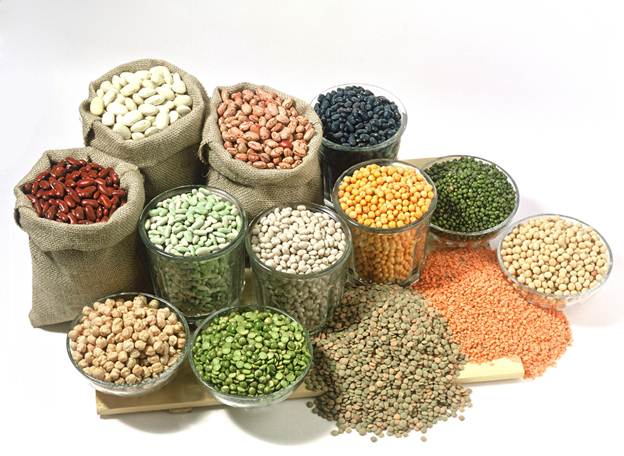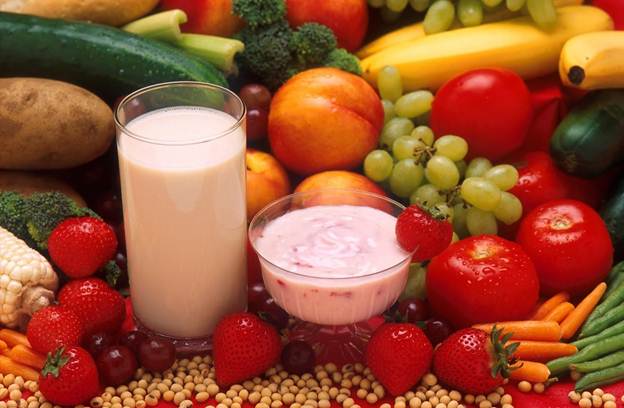Fibre
Want to improve wellness and
lose weight? It’s time to go back to basics, says Louise Pyne…

From lutein to
lycopene, hardly a day goes by without a new nutritional super star billed as
the answer to our ailments. But it’s not just complicated-sounding nutrients
that have the power to catapult our wellbeing from average to amazing. In fact,
a whole range of everyday foods contain one special ingredient that could be
the secret to good health – fibre.
This
under-appreciated ingredient is found in fruit, vegetables, whole grains and
nuts and has an array of health-boosting properties: ‘It helps maintain healthy
bowels, weight and fights disease, too,’ says Revital nutritionist Gabriella
Clarke (www.revital.co.uk).
The good stuff
Numerous studies
have confirmed the health-promoting properties of roughage, but exciting new
studies by Dutch and British researchers reveal that chomping your way through
just three portions every day (one with every meal) can slash your risk of
developing colon cancer by an impressive 20 per cent. Not a bad result for
humble fibre, we say.
Colon cancer is
the third most common type of cancer in women, with a worrying 38,000 cases
being diagnosed every single year. It’s thought that factors such as being
overweight, as well as eating a diet which is lacking in fibrous fruit and
vegetables, can also increase your risk of developing the disease.
What does it do?
There are two
types of fibre, soluble and insoluble. ‘Soluble fibre can be absorbed and
broken down and may help reduce the amount of cholesterol in the blood,’ says
Gabriella. ‘Insoluble fibre cannot be broken down. Instead it bulks up as it
absorbs liquid in the stomach; the bulk then pushes waste down and out of your
system.’ This maintains healthy bowels and prevents constipation. Fibre is also
important for weight management as it creates a feeling of fullness, helping to
curb cravings.
Getting it right
The government
recommends eating 18g of fibre a day, but according to the Fibre Foundation,
nine out of 10 women eat much less. So why aren’t we eating enough? One of the
main reasons is that heavy processing of food destroys much of the roughage
content, and since homemade meals are on the decline, it’s no wonder we’re not
getting our quota. Top up now with our daily plan.
Your fibre fix
Five easy ways to
sneak more roughage into your diet, from morning to lights out…

Breakfast: Upgrade your porridge to a fruity smoothie. Add 25g of rolled oats
to 125 of almond milk, with a handful of mixed berries and a pinch of cinnamon
for a filling brekkie with 9g of your daily quota.
Snack: The humble apple contains an impressive 3g of a special type of
soluble fibre called pectin and makes a filling mid morning snack. Chop up and
serve with a generous scoop of delicious nut butter to keep you full till
lunchtime.
Lunch: Stir four spoonfuls of milled golden flaxseed into salads, stews
and soups for a meal. One 30g serving of Linwoods Milled Organic Flaxseed, $13,
provides up to 8g of fibre. Go to www.linwoodshealthfoods.com
Snack: Vegetables are crammed with filling fibre, so chop up a variety of
carrots, cucumber and peppers, and serve with a side of houmous. Chickpeas are
also loaded with fibre and make a tasty and satisfying snack.
Dinner: Fill your plate with wholegrains such as brown rice, beans and
lentils. Fibre helps to regulate the rate at which food leaves your stomach by
delaying the absorption of glucose after a meal, which is how it keeps you
fuller for longer.